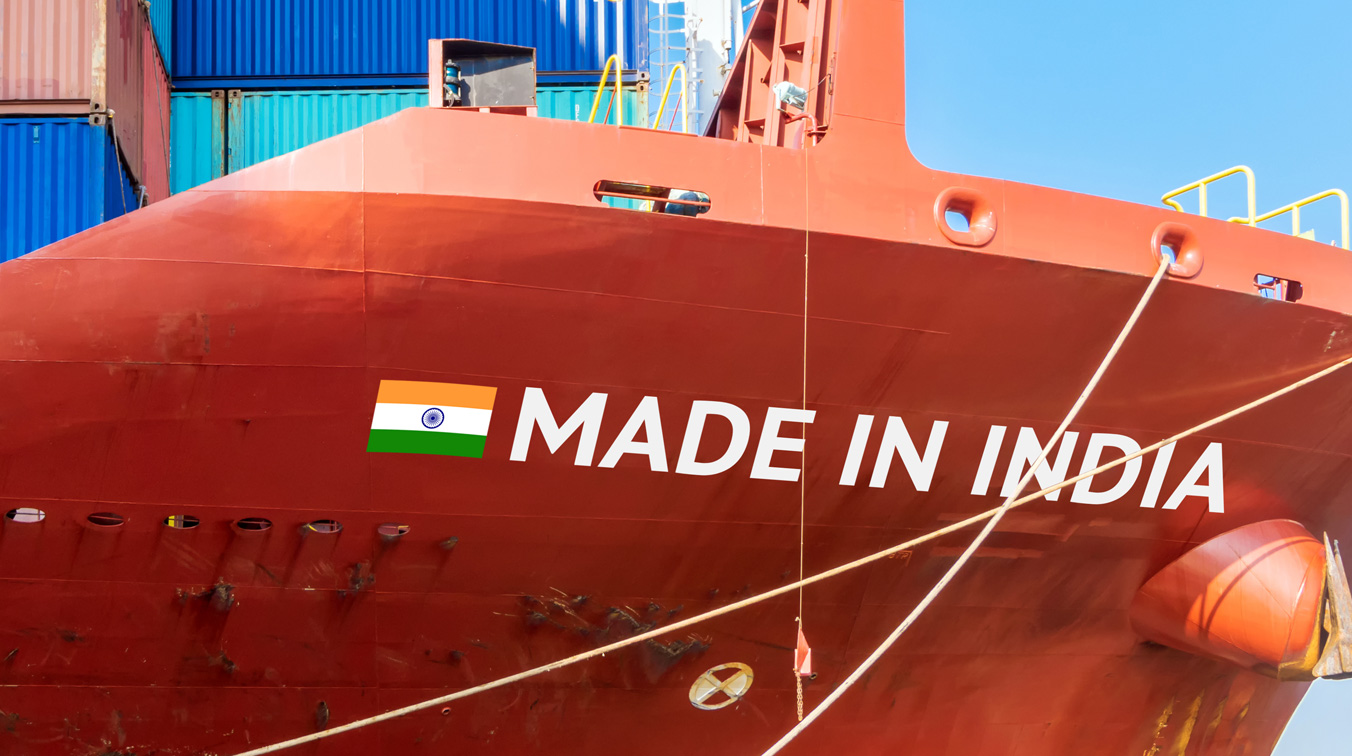INDIA UPDATE: India Continues to Make Inroads into China’s Crop Input Dominance

Supply chain disruptions and environmental policies have exposed opportunities for this newly crowned most populous country in the world.
Scroll Down to Read
By Dan Jacobs
Senior Editor
Earlier this year, India surpassed China as the most populous country in the world, according to a report from the United Nations. India is looking to supplant China, or at least diminish that country’s dominance, as the main supplier of crop inputs to manufacturers and distributors.
China has long been the United States’ main political and economic competitor, but for agricultural inputs — India has been China’s biggest rival. The COVID pandemic-induced supply chain disruptions and Chinese environmental policies that limited product availability helped India make inroads on the world’s top manufacturing company.
But as Indian manufacturers have learned, Chinese companies aren’t ready to relinquish their top spot without a fight.
Abhijit Bose, Chief Marketing Officer Tagros Chemicals
“The last five to six months have been very, very volatile where raw material prices were declining in many cases, but the finished goods price drops were much higher in proportion than the reduction of raw materials,” said Abhijit Bose, Chief Marketing Officer at India-based Tagros Chemicals.
“The big question is how our Indian companies have thought about backward integration. That means the dependence on China to put it very straight,” Bose continued.
“How much Indian manufacturers must rely on China to ensure product availability is a question they are regularly asked customers looking to ensure supply,” Bose said. Is that dependence increasing or decreasing? These manufacturers must also maneuver pricing and distribution concerns when Chinese manufacturers dump products on the market.
Atul Churiwal, Managing Director, Kolkata, India-based Krishi Rasayan Exports, cites azoxystrobin as an example. In 2022, Indian manufacturers were selling the fungicide at a rate lower than that of Chinese providers.
Atul Churiwal, Managing Director, Kolkata, Krishi Rasayan Exports
“But this year we have seen huge imports of azoxystrobin from China because the raw material price in China crashed,” he said.
Glufosinate is another example.
“UPL’s price was cheaper, and nobody could compete last year,” Churiwal said. “But this year, we’re seeing prices from $50 (down) to $9, and now we are finding that China has improved the technology somehow or made it cheaper in such a way that the reversal is happening where Indian manufacturers were strong.”
According to Narayanan Nair, Vice President – International Marketing & Sales, Gharda Chemicals Ltd., “What China is doing is on a dumping basis. So, this is this is really not possible for India to work with, and Indian people are little more rationale on thinking of this basis now. It’s difficult to compete with companies willing to sell their products below costs. We are ready to compromise on the profit, but (not) the way Chinese (companies) are selling below raw material cost. You will think that glufosinate is workable at the price of $9? It is not.”
In the short term, the dumping approach wins business.
Vice President – International Marketing & Sales, Gharda Chemicals Ltd.
“So people have shifted to China, no doubt,” Nair said. “I agree that azoxystrobin, glufosinate, glyphosate … there is an opportunity there. People have shifted, but it is not true that the trend is going backward or something. It is an opportunity kind of situation they have taken.”
According to Bose, when it comes to buyers and sellers, there are “two clear segments. One is strategic. One is spot on opportunistic.” Strategic partners look for a long-term relationship. It’s opportunistic buyers that continue to look at both India and China to “find options and whatever suits them more.”
As an example, Nair relates a recent discussion with a large multinational company. The multinational company and an Indian company have a long-term relationship for raw material plus the overhead costs. That executive told Nair, “but today we are getting this product from different manufacturer including China at a price below the raw material cost. So, the multinational is paying the required overhead costs and getting those raw materials from a different company. This is not a healthy condition,” Nair said.
“To sum it up, multinationals are looking toward India for contract manufacturing more and more, no doubt about it,” Churiwal said. “But if prices stay high, the spot purchase business that was coming toward India may return to China … China is now more competitive in many products than India, compared to say a year ago.” •
Jason Row Photo – stock.adobe.com
zapp2photo – stock.adobe.com
Photo of Abhijit Bose courtesy of Tagros Chemicals India Pvt Ltd
Photo of Atul Churiwal courtesy of Krishi Rasayan Exports Pvt. Ltd
Photo of Narayanan Nair courtesy of GHARDA CHEMICALS LTD.